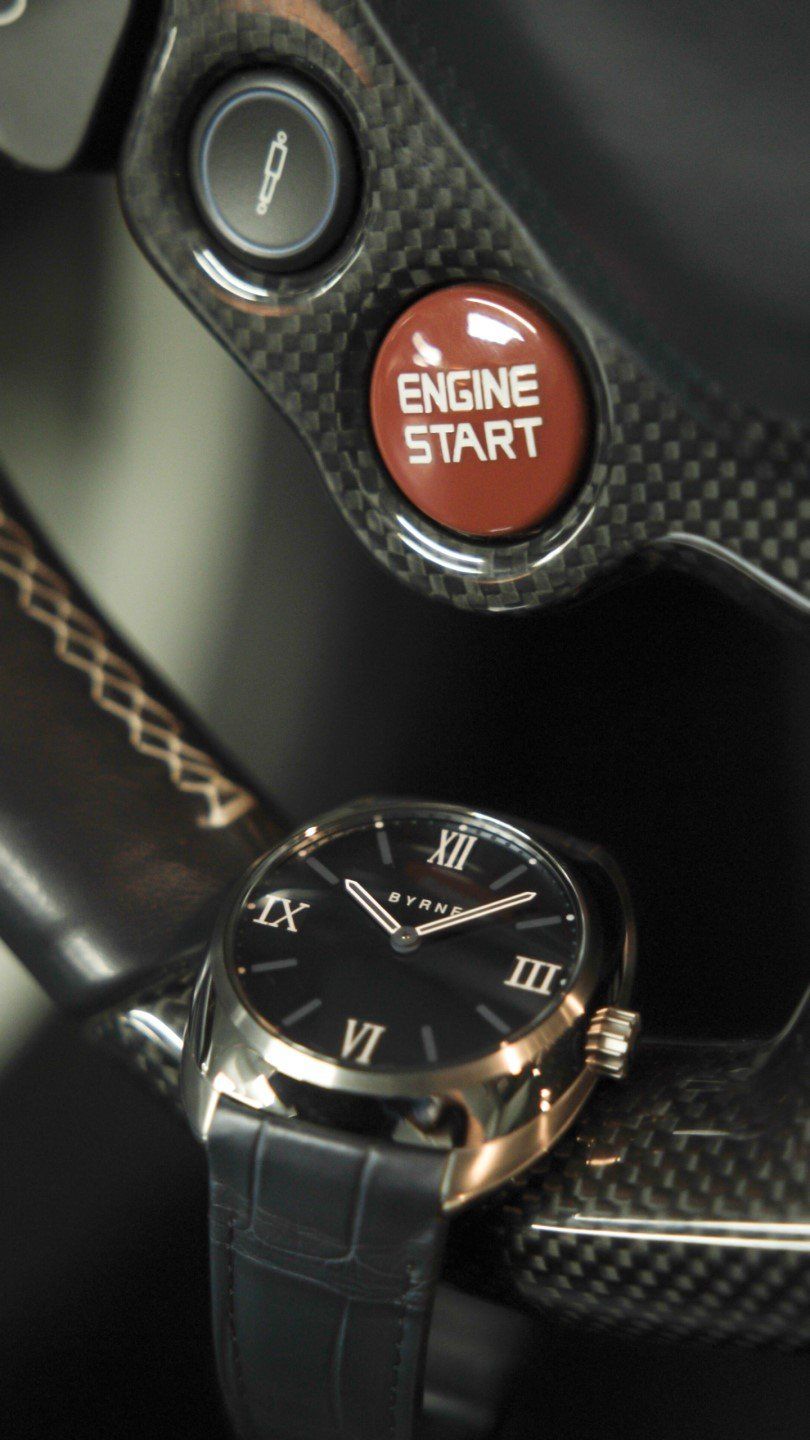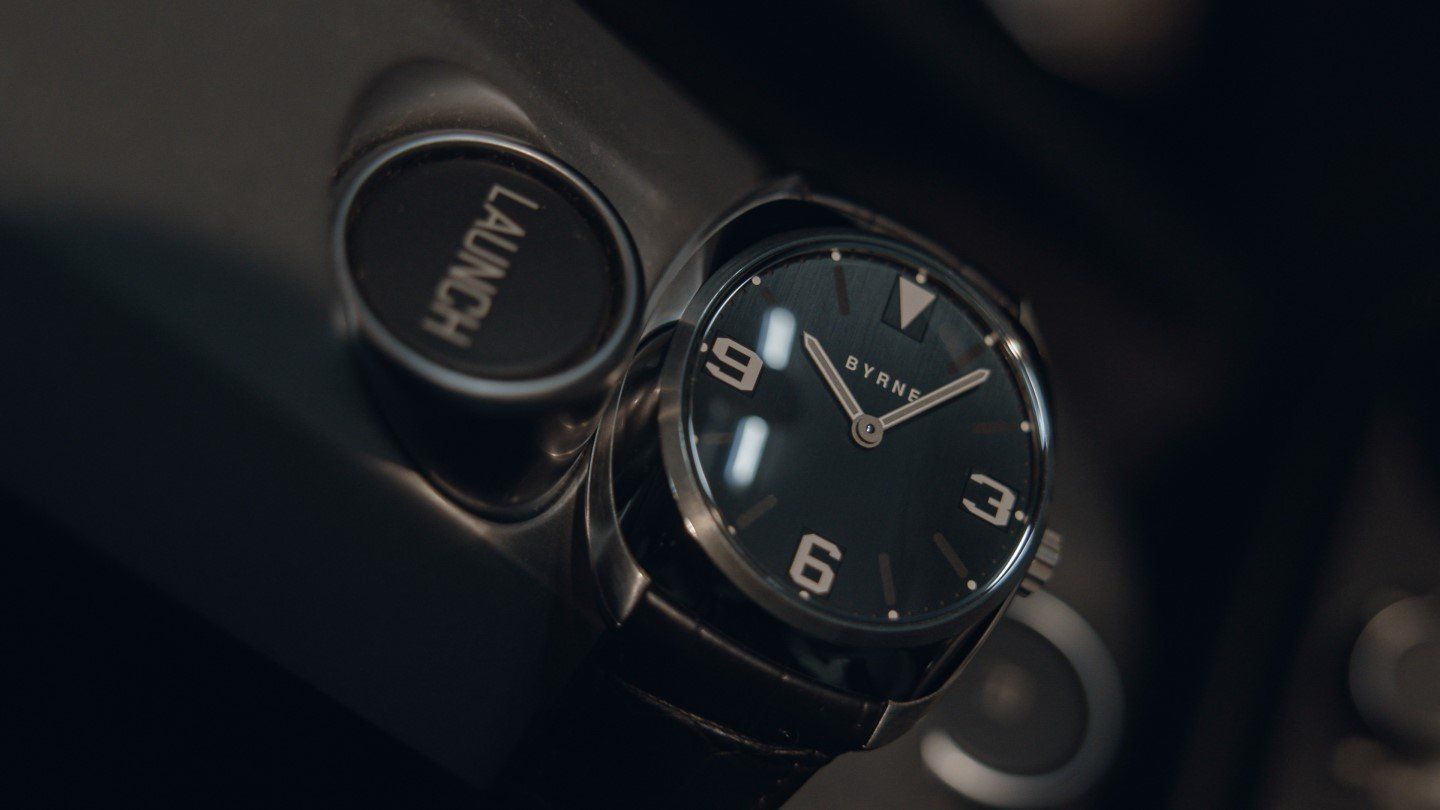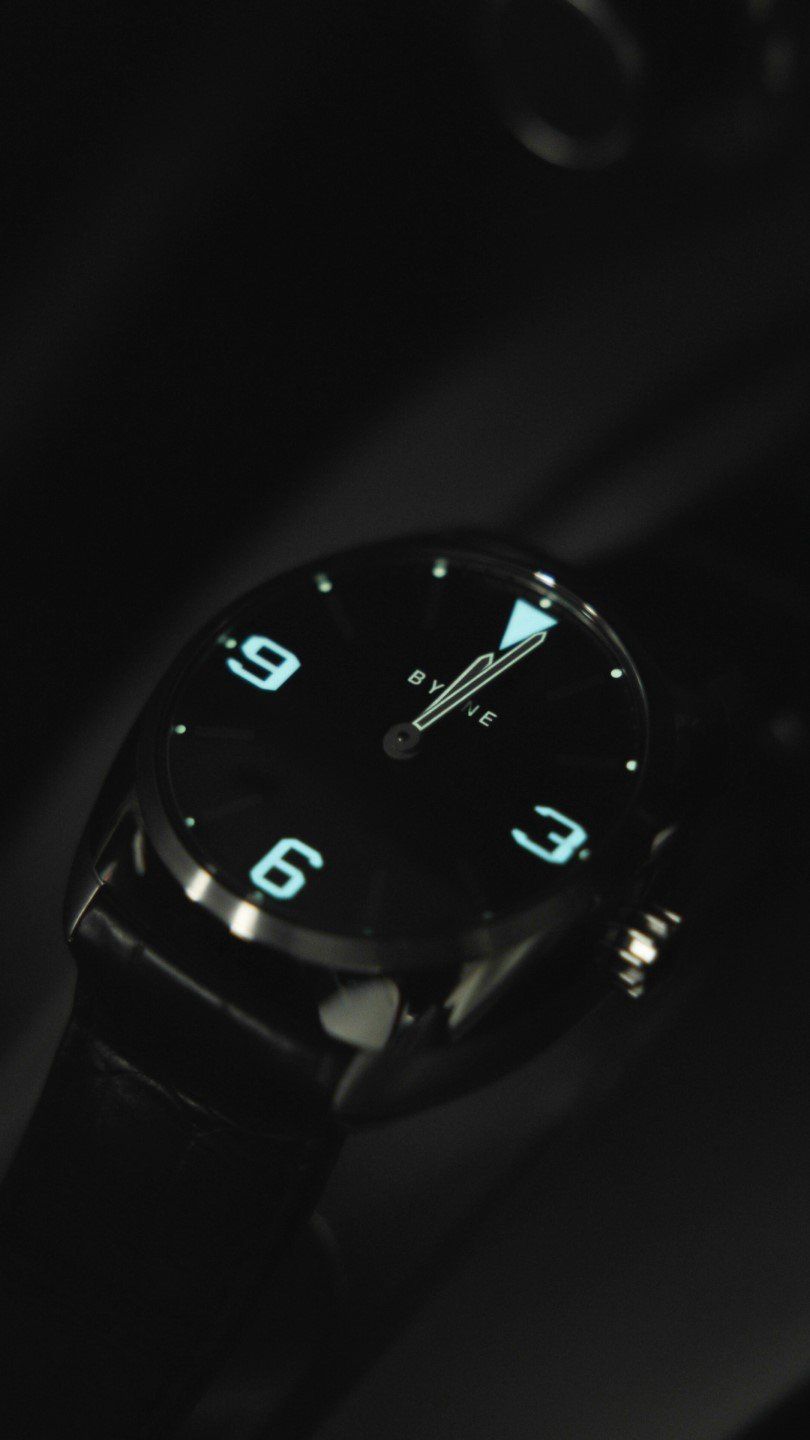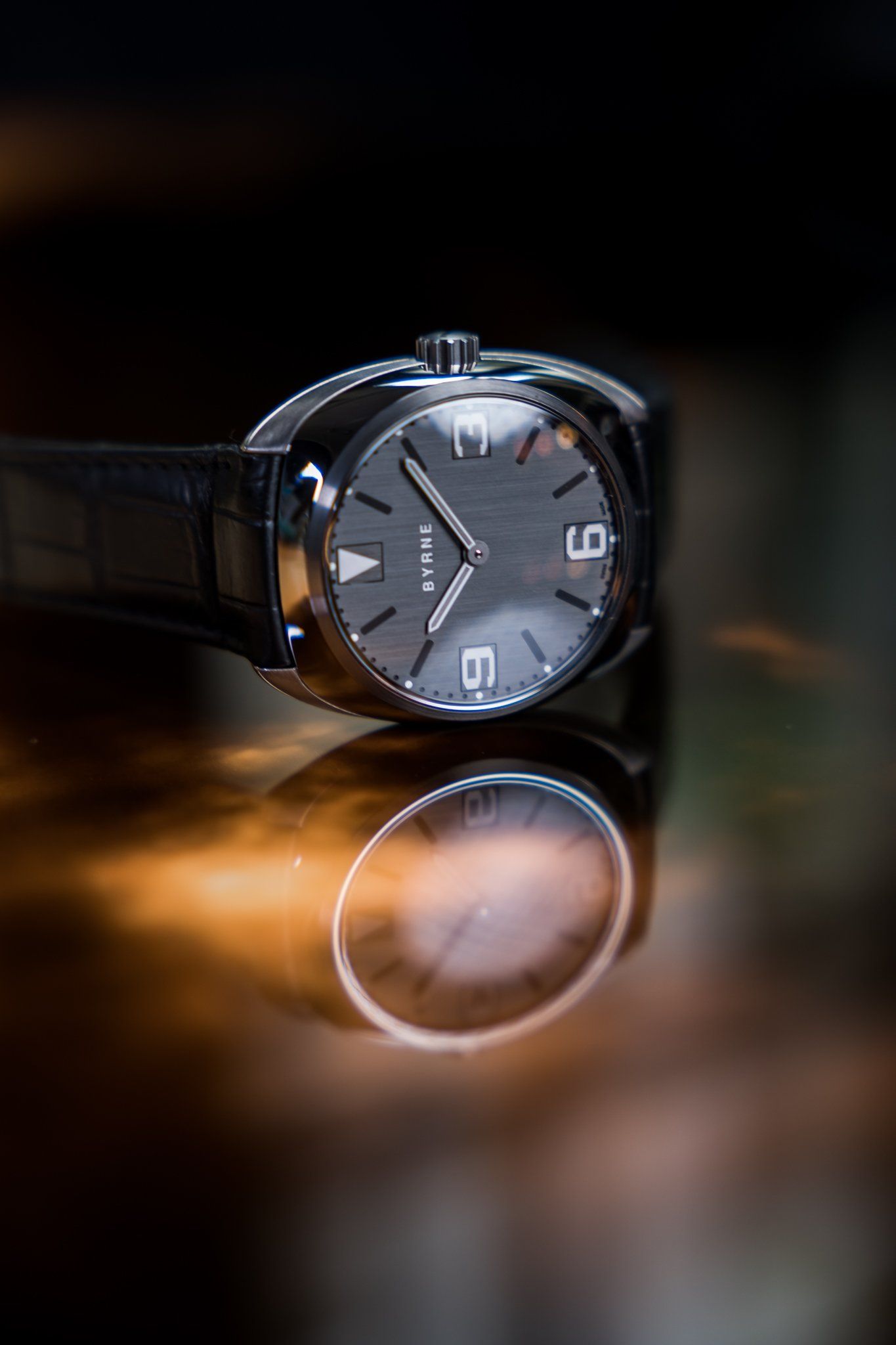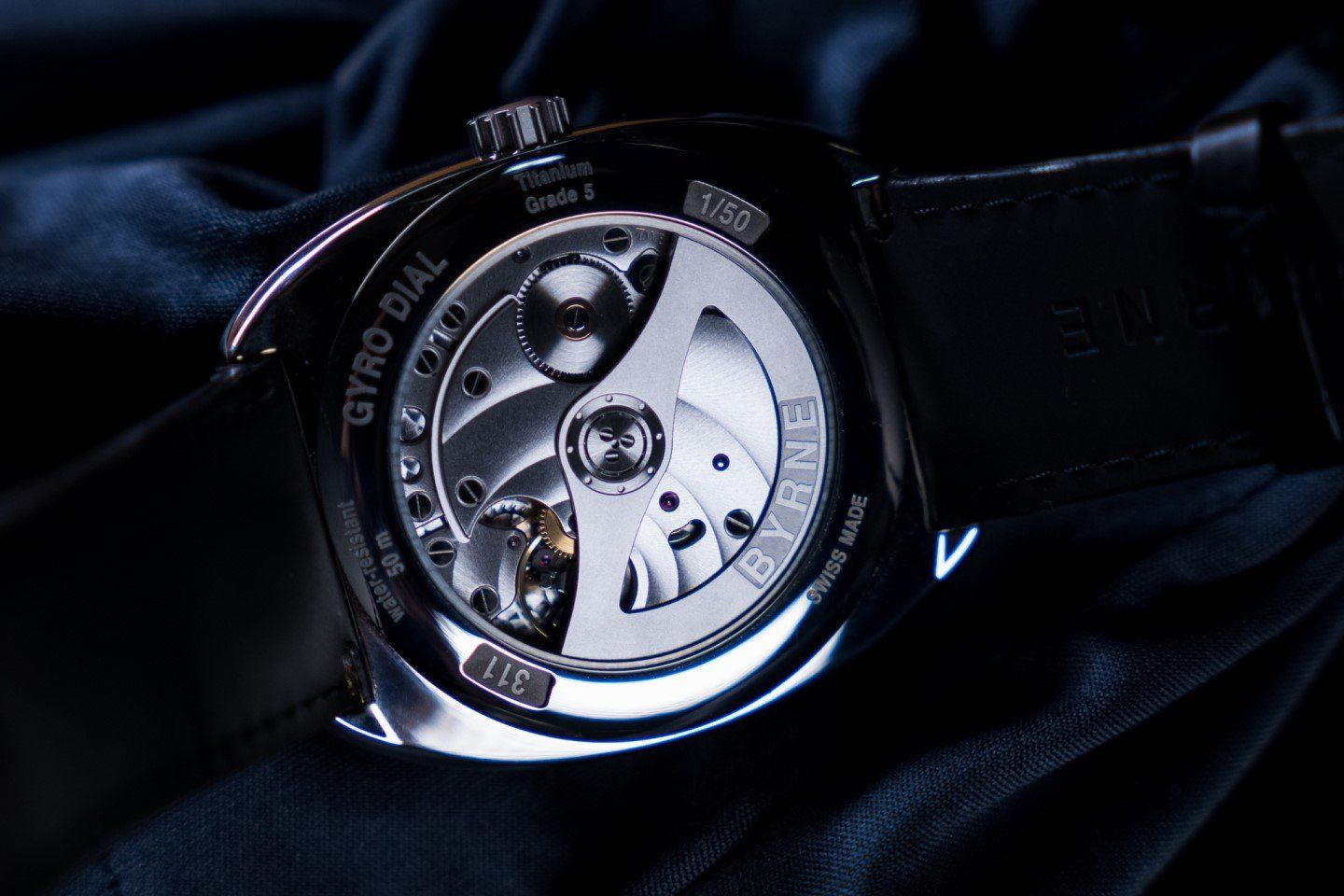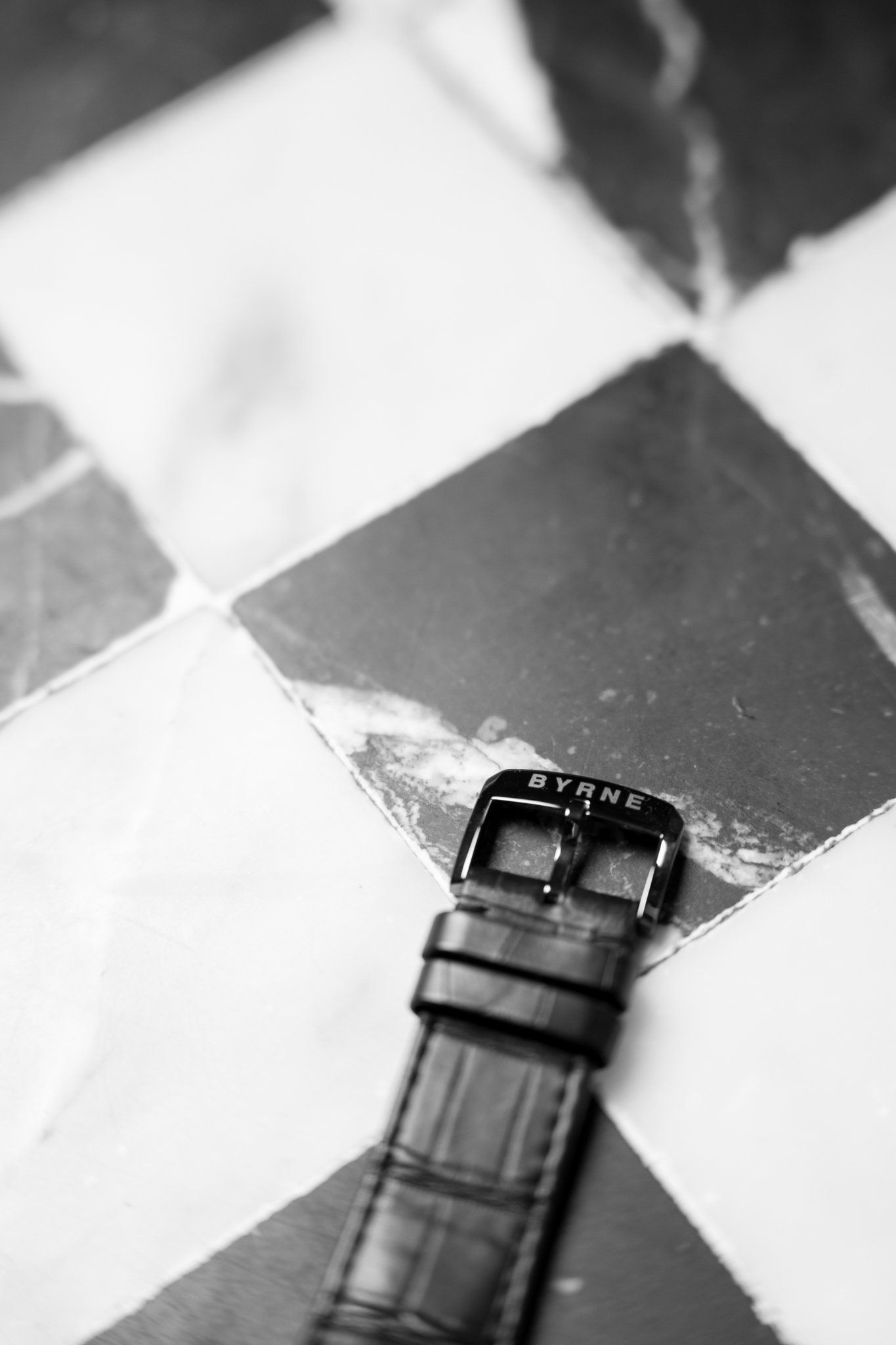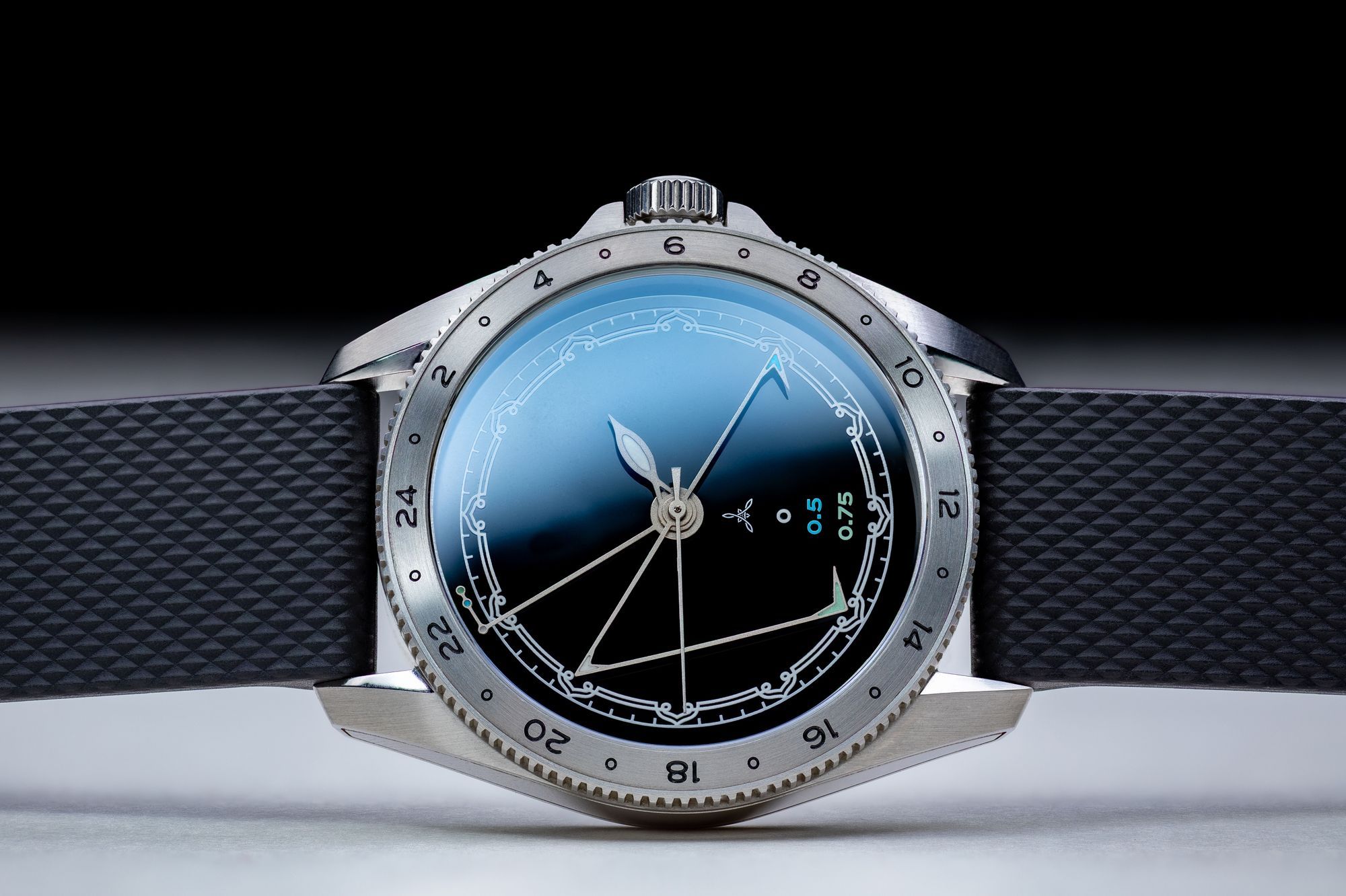Byrne Unveils GyroDial Sport: 1 Watch, 4 Faces And An Artistic Requisite
Have you ever heard about a watch that changes its dial every day? Well, yes! Byrne Watches caused a stir three months ago during the Geneva Watch Days with the introduction of a revolutionary new concept: a watch with a face that can be altered daily depending on the wearer's mood by means of four indices that appear in different configurations on the dial.
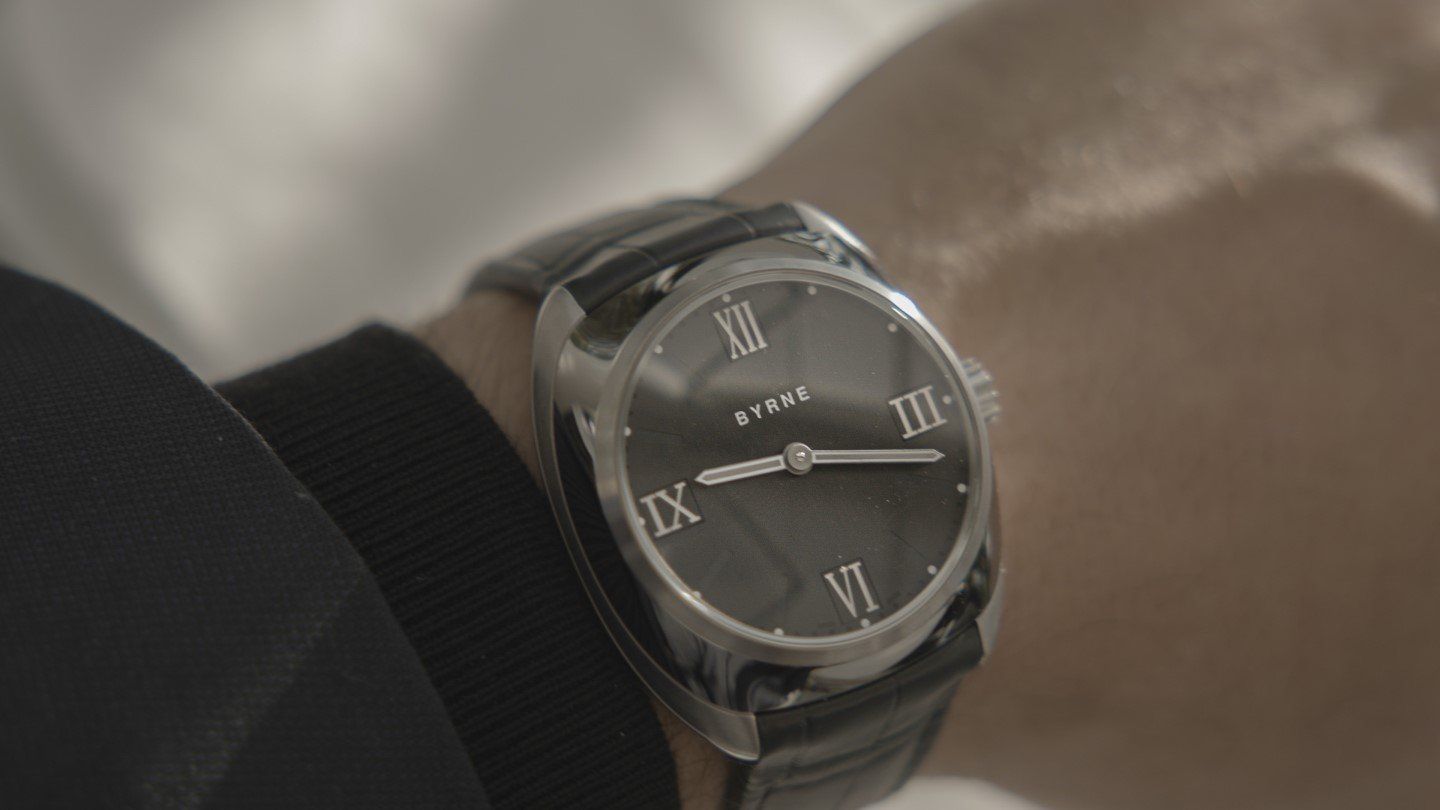
The watch's face is racy, with numbers juggled in a "Sports Jersey" style, Roman numerals, Arabic numerals, and invisibility; the whole is topped off by a winding button engraved with the symbolic number 1; after all, in sports, you want to be the first.
The GyroDial Sport is a 100% Swiss-made timepiece carved from a single block of Grade 5 titanium; it's a watch that enjoys toying with its wearer's perceptions and emotions by including a dial with several faces. The dial and demeanor of the Byrne GyroDial Sport may be changed in a moment. Accordingly, its slogan, "Change your mind in a flash," makes sense.
But how did this watch inspiration come about?
John Byrne saw the oddest thing during a performance of George Balanchine's ballet Apollo musagetes at the Paris Opera: four dancers changed their costumes almost instantly as if they had collided, and the quartet became a single dancer with four varied appearances. As he made his way down the grand staircase of the Palais Garnier that June evening, an epiphany occurred. John Byrne intended to design a timepiece with four different displays. And there goes the brilliance. The process of creating the watch was still to come, which would take the longest, the most effort, and the largest amount of time.
The finished product was the GyroDial and GyroDial Sport, two titanium watches with a 41.7 mm diameter and 14.8 mm thickness that exuded a sleek, contemporary aesthetic. The grey or blue face of its clock featured four windows, each of which could be used to show a different aspect of the user's appearance or emotion.
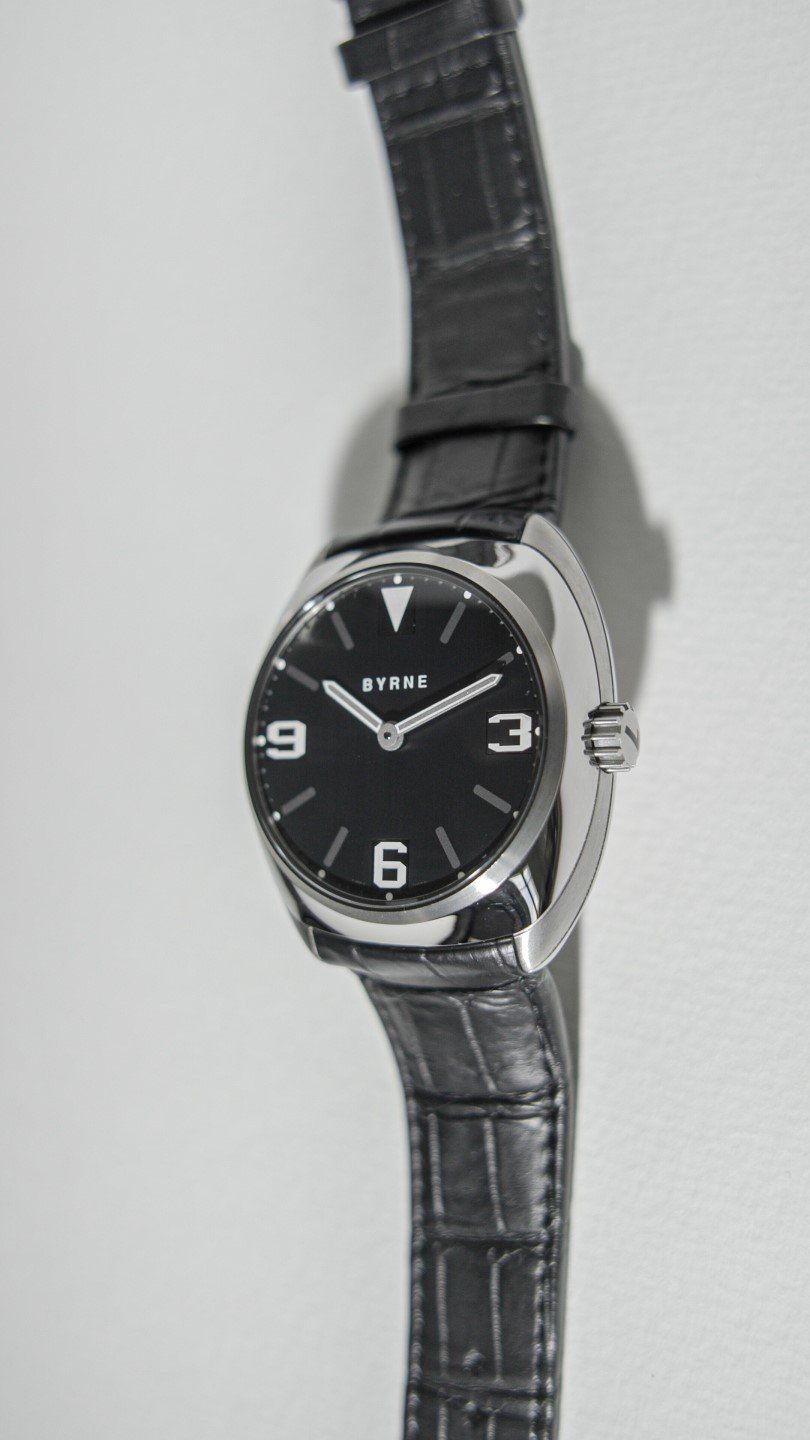
The unique animation complexity is the result of three years of development work at Fleurier, Switzerland, spearheaded by its inventor John Byrne. The GyroDial Sport's movement, the caliber 5555, was created, tested, and produced exclusively in Switzerland. The dial was hand-stretched to create its long, flexible titanium curves, giving the watch a modern and highly svelte appearance.
You can tell the time in four different ways with only one dial. This conventional formula was fundamentally altered by the Byrne GyroDial and GyroDial Sport. These days, it's hard to tell one item from another because everything is always evolving. The mechanical watch had no place being an outlier in the present age of digitalization. The designs of the watches made by Byrne Watches was a reaction to a perception of the world.
A Fleurier-made, custom-made calibre with four independent moving parts can be found below. They instantly spin around to present a new appearance at midnight (or whenever the mood strikes them).
But if these alternate personas are equally artificial and immutable, then what's the point of providing them? GyroDial Sport, imagined by Byrne, has four faces, one of which was directly inspired by the numbers flocking on sports jerseys and was completely faithful to the spirit and realism of the GyroDial. The entire process of making the dial, which includes 45 separate processes, was completed by hand.
John Byrne's design had a dial with flawlessly flush indexes at the cardinal directions. Nothing indicated that the watch was anything other than a watch until the next face was switched. The revolving pieces perfectly fill and fit within their designated windows, creating a smooth surface with no sharp edges or depressions. The dial's drawn-line finish and SuperLuminova were mirrored in the hands, which had been created. There was a continuity of style between the case and the sapphire box crystal that sat on top.
These are the main reasons why Byrne contacted his watchmaking collaborator, Le Temps Manufacture. Le Temps Manufacture is a secretive specialty workshop that has been trusted with some of the most high-profile and intricate projects by some of the biggest names in Swiss watchmaking.
John Byrne had been in the watch repair business for a long time, and as such, he had a good idea of what would and would not stimulate various mechanisms. Many failed attempts later, he located a business associate who saw the potential in his idea and helped him develop it into a fully functional, turnkey business. The calibre 5555 came from Le Temps Manufacture. This movement had a diameter of 30 millimeters and a power reserve of 60 hours.
Each rotating block had to have a flawless finish because the surface of each cardinal index displayed at any given time must appear to be a continuous extension of the dial's surface, with no gaps, no machining irregularities, and a perfectly smooth transition between dial and index face (four times). This also implied that the texture and grain of each block face must be identical to that of the dial.
The dial's sweeping straight grain satin finish echoed the pattern found on the mechanism below. The numerous grooves responsible for the texture and light play were aligned perfectly in a single pass. It endowed GyroDial Sport with the energetic, cutting-edge style that has been a signature of the Byrne brand. The galvanic treatment used to color the dial slate grey or blue occured at the very end of production.
The bezel, which was trim and well-defined, successfully mitigates the sensation of heaviness. As a natural byproduct of utilizing rotating blocks, it had been minimized by cutting-edge watchmaking techniques and further muted by the visual artifice that is the intelligence in the picture, to the point where it is barely perceptible. Indeed, extensive ergonomic research went into the development of the casing itself. Its contours mimiced the shape of a human wrist, so you know you'll be cozy. The outcome was a slim, tight profile with lugs that radiate outward and flow along the center of the case. In order to finish off the GyroDial Sport, the top spot on the podium—1—was etched on the winding button.
The strap's design was an inevitable consequence of this method. The strap was either saddle-stitched rubber or alligator, the latter with huge scales, and was hand-crafted by the specialized workshop of Jean Rousseau according to Byrne's specifications. It had two rigid inserts that were sandwiched between two layers of interlining at a width that is as close as possible to the lugs. These inserts, once more, shape a curvature that helped the GyroDial Sport rest comfortably on the wrist. Every night at midnight, like a runner passing the baton to his partner in a relay race, the watch makes a costume change here on this stage.
Several technical wonders, a watch that weighs less than 100 grams on the scale and yet continues to blow your minds with its precision, changing faces and spirit!
No articles found

